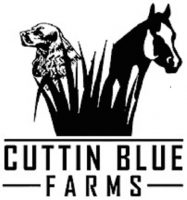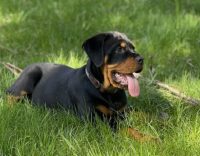 Overweight senior dogs tend to have more health issues and less quality of life than dogs that grow old with the right weight for their size and breed.
Overweight senior dogs tend to have more health issues and less quality of life than dogs that grow old with the right weight for their size and breed.
Keeping your senior dog healthy is your responsibility and it involves more than feeding it the best dog food for senior dogs you can find. It also means acquiring a lot of knowledge about general dog nutrition.
In the same way, exercise alone may not be enough to help your old pal lose some pounds, in the majority of cases you have to follow a strict weight management plan to ensure your dog remains healthy as it ages.
Following you will find 3 very important tips to help you get your senior dog in shape and to ensure it enjoys its last years to the fullest:
1. Reduce the calories your dog consumes daily
Normally, dogs start getting fat because of out-of-schedule snacks, treats and other foods they are given. Of course it is not easy to resist your begging dog’s charming eyes, but you must!
Instead of giving it food, give it a toy or your full attention: devote some time to play with your pal or to groom it lovingly. If there’s no way to take its mind away from food, try giving it small portions of carrots, cooked green beans or low-fat treats.
2. Reduce the portions your dog eats
The best dog food for senior dogs comes with clear feeding guidelines; however, these are only guidelines. Some dogs may need to eat smaller portions to stay fit.
Try to feed your dog small portions of food at specific hours instead of leaving a bowl of food available all day long. Set a time frame for your dog to eat and take the food away after that time passes no matter how much it’s been eaten.
There is also the option of getting an automatic feeder, which will dispense food at specific hours during the day.
3. Make your senior dog exercises every day and keep it energized
Regular exercise burns calories and helps your old pal’s organism stay active. Exercise will strengthen your dog’s muscles and maintain its metabolism working well.
Remember that your dog has to warm up before engaging into a strong exercise routine otherwise it can get badly injured.
Once your pal is into a regular exercise routine, make sure he is losing a maximum of 2% of its body weight per week; weight loss has to be achieved slowly and in a controlled way.
Discuss with your vet any weight management plan you are considering for your senior dog. Remember that your pal’s general health condition will determine the best program to follow.





